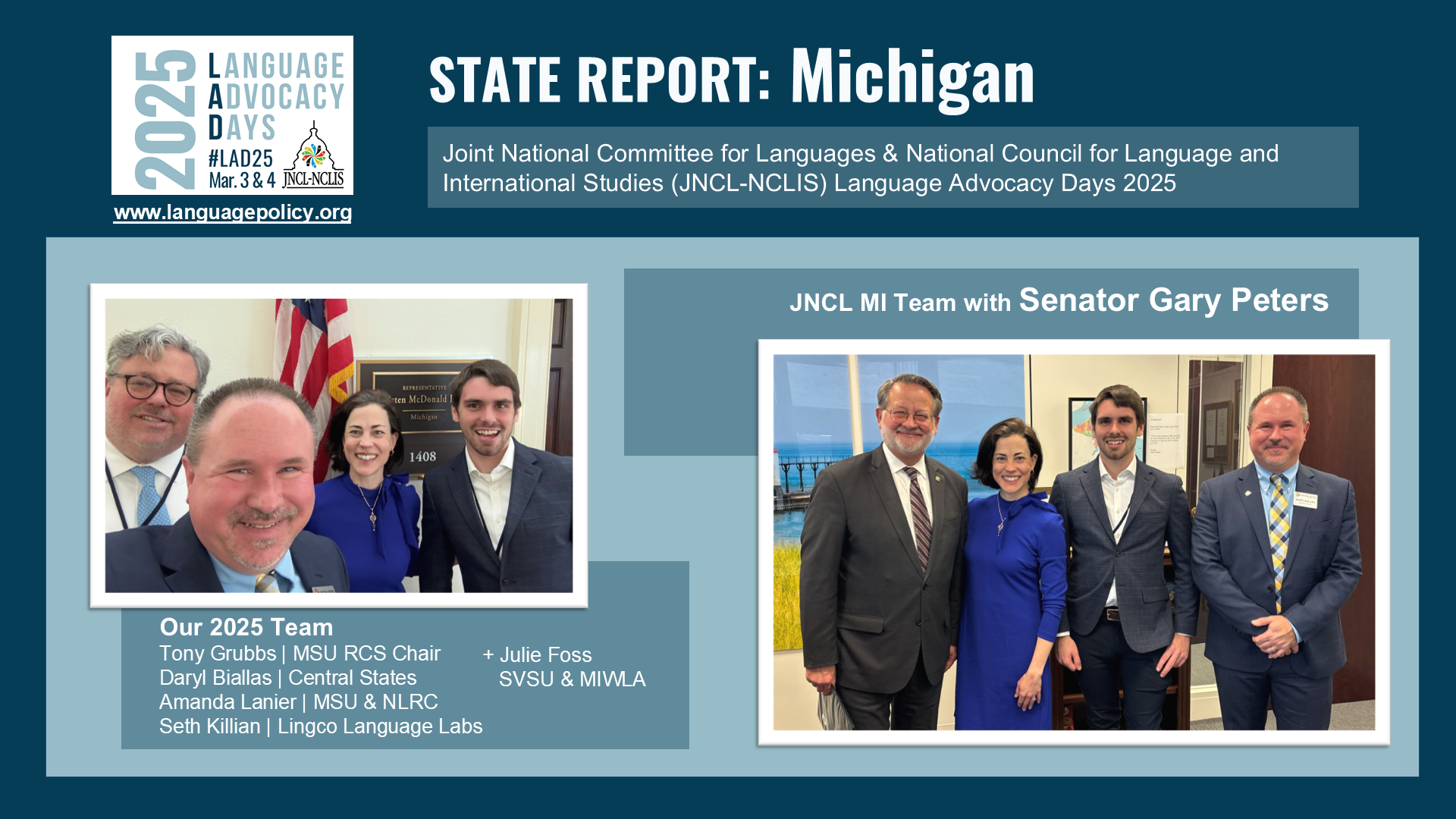Is that the question?
Whether or not to teach grammar has been debated among language teachers for longer than any of us has been alive, and it will be debated when this generation of teachers is gone, too. In response to the ever-present debates about how much and whether to teach grammar, this is how I summarize my main arguments and advice:
- Grammar is absolutely inevitable. I tell my students regularly that “You are teaching grammar every time you open your mouth.” Without grammar, we have no way to string text together predictably and could only produce nonsense. The issue is whether we teach grammar explicitly or if we teach it implicitly. Teaching grammar implicitly is still teaching grammar.
- Teaching an additional language does not proceed through the apparent osmosis that drives L1 learning. Babies don’t need error correction or explanations of inflection, derivation, and syntax. They do need people who talk to them, listen to them, and respond to what they are trying to communicate. For foreign language learners, one of the main roles of the teacher is to encourage and support that effort to communicate, which will gradually become more sophisticated and effective in a holistic way over time.
- Teaching grammar explicitly may be well-justified for L2 learners precisely because they are not babies (though FL learning can make you feel like one – that’s called infantilization). Addressing how the language works and helping learners discover the patterns and structures raises awareness, allows learners to tap into strategies for learning that they have developed up to that point, and can develop new strategies that will let them keep growing as learners and users of the language.
As of last year, I have been teaching the Language Concepts course in the MAFLT, and it has certainly thrown me for a loop. I loved my linguistics courses in graduate school, and I am still a massive language geek and love to talk about the differences in phonology, morphology, and syntax among different languages to anyone who will listen. Nevertheless, I have chosen to focus on social and cultural aspects of learning in my own explorations. Working with over 100 in-service foreign language teachers over the last few years has shifted my focus even more. Believe me, they are opinionated about teaching grammar!
The recent shift in the field toward TCI (Teaching with Comprehensible Input) has only reawakened that debate. Stephen Krashen’s Monitor Model, which provides the theoretical basis for most TCI techniques and principles, makes the claim that teaching language explicitly allows for learning but not acquisition, and acquisition (not learning) is essential for fluent communication. SLA scholars have responded to that claim in many different ways, with the consensus generally being that in any learner’s real experience and in highly controlled experimental settings, learning and acquisition are impossible to separate. Attention to form does seem to lead to some measurable learning, but that of course means that we have to measure what we set out to measure, and we set out to measure grammar that we can explicitly identify and define. Do you see the logical loop there?
In Language Concepts, we cover the traditional areas that appear in every linguistics textbook and program, but the way they are presented is usually not at all what teachers are used to hearing when they think of pronunciation and grammar, and they don’t need to learn to think like linguistics researchers. What they need is a deeper ability to understand what is going on in the target language, to compare it with what happens in the students’ native language(s), to anticipate when and how those differences will become an issue, and to design instruction in such a way that learners can discover the patterns of the target language and use them to make meaning. Does that mean we have to teach grammar explicitly? No. Does it mean that teachers need an underlying knowledge of morphology and syntax so that they can make good decisions and promote acquisition? Yes, I wholeheartedly think so.
The way that I teach Language Concepts, then, which I owe in part to Dustin De Felice, who taught the course before me, is to emphasize language awareness and how to develop it rather than focusing on how to teach particular features. In a way, we have to do that given that there are 8 languages represented in my class right now. On the surface, this course seems extremely different from the course on Culture and Intercultural Competence that I teach every spring, but the cognitive shift that happens is really very similar. In that course, we focus on moving from teaching culture as content to teach intercultural competence as a skill set. The parallel in regard to grammar is that we go from teaching linguistic forms as content (parts of speech, tense, gender, case, voice, etc.) and move to teaching language awareness and encouraging learners to discover grammar. In fact, last spring I gave a workshop called Discovering Grammar that focused on using corpus analysis to support inductive learning. More about that on this page: Inductive Grammar.



